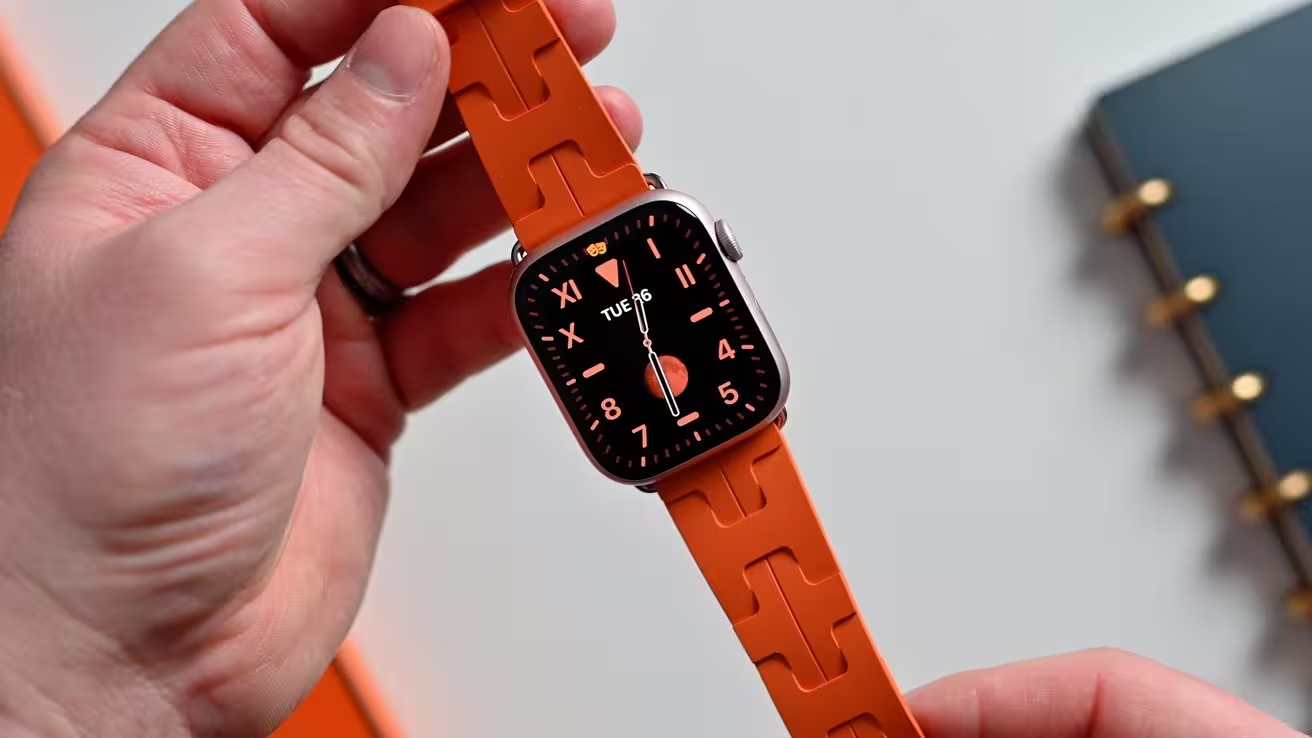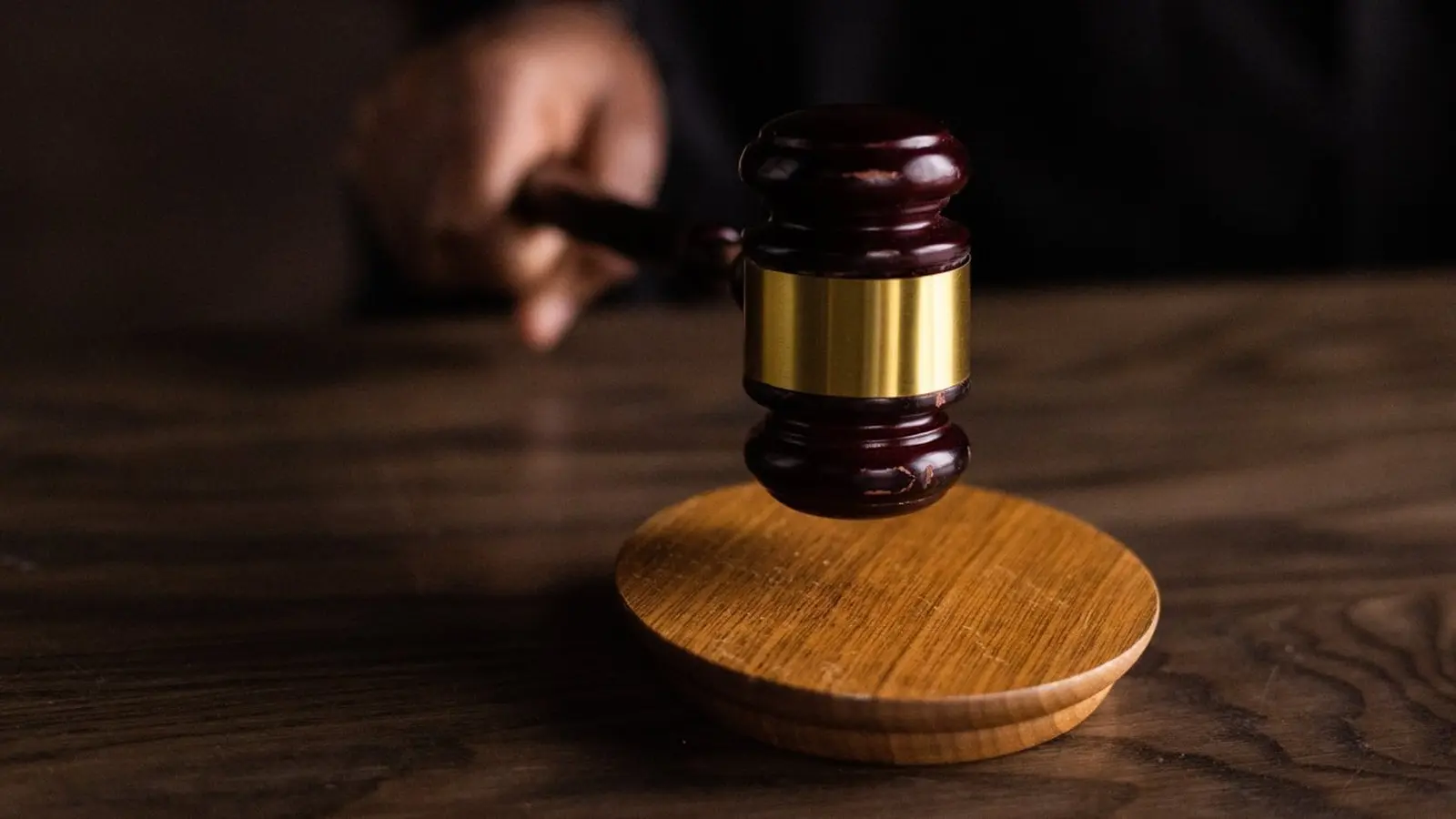8 Minutes
Allegations that reshape the wearables race
Apple has filed a federal lawsuit alleging that a former Sensor System Architect copied confidential Apple Watch sensor designs and provided them to Oppo via its U.S. research arm, InnoPeak Technology. The complaint, lodged in the Northern District of California on August 21, 2025, accuses Chen Shi of downloading dozens of protected files and transferring them offsite before resigning to join Oppo. According to Apple, the stolen materials include photoplethysmography (PPG) algorithms, electrocardiogram (ECG) implementations, temperature sensing methods, chip engineering notes, and product roadmaps—core trade secrets that underpin Apple Watch health features and market differentiation.
What Apple says happened
Apple contends that in the weeks before leaving the company, the engineer downloaded 63 confidential files from a secured Box folder and copied them to external media. The complaint further alleges repeated one-on-one meetings with colleagues aimed at drawing out institutional knowledge and internal communications in which the engineer told Oppo’s health executive he was “collecting as much information as possible” to share later. Apple points to the Oppo executive’s apparent nonchalant reply—an “OK” emoji—as evidence of tacit acceptance.
Legal basis and precedent
Apple’s complaint relies on the Defend Trade Secrets Act, a 2016 federal statute that allows companies to sue for misappropriation of trade secrets across state lines. Apple also alleges breach of contract, since the engineer reportedly signed confidentiality and invention-assignment agreements when joining Apple in 2019. The company has a history of litigating intellectual property disputes tied to sensor technology and chip engineering, including prior cases involving Masimo, Rivos, and recent claims about Vision Pro files being copied before an engineer left for Snap.
Evidence Apple highlights
File transfers and search history
Apple says log evidence shows the bulk file downloads and the use of external storage. The complaint also cites searches the engineer ran such as how to wipe a MacBook and whether someone can tell if a shared drive file has been opened. Apple alleges the engineer misled coworkers about his reason for leaving, saying he intended to take time off to care for family rather than join a direct competitor.
Internal messages
The lawsuit includes chat excerpts that Apple interprets as proof of intent. Those messages include statements about gathering information to share with Oppo and the alleged exchange with Oppo’s Vice President of Health that the company views as an affirmative signal.

Technical depth: What the stolen files reportedly contained
Apple says the materials include engineering documents and software models that support advanced wearable health capabilities:
- Photoplethysmography (PPG) and related signal processing algorithms used for heart rate and pulse waveform analysis.
- Electrocardiogram (ECG) sensing implementations and calibration methods that contributed to Apple’s FDA-cleared ECG app and atrial fibrillation detection features.
- Proprietary temperature sensing techniques, sensor fusion rules, and compensation algorithms for accurate skin-contact measurements.
- Chip engineering specifications, firmware, and product roadmaps that reveal integration strategies between sensors, SoCs, and system software.
These elements represent years of R&D investment, and Apple argues that copying them would give a shortcut to rivals developing competing wearables and health features.
Why Oppo and InnoPeak matter
Oppo, part of BBK Electronics alongside Vivo and OnePlus, is a major smartphone brand in Asia and has been expanding its smartwatch portfolio since entering the market in 2020. InnoPeak Technology operates Oppo’s U.S. research center in Silicon Valley, where it recruits Western talent and runs engineering projects intended to accelerate its wearables roadmap. Apple frames the InnoPeak office in Palo Alto as a beachhead that could be used to absorb both personnel and intellectual property.
Product features and comparisons: Apple Watch versus emerging Oppo wearables
Apple Watch is distinguished by its deep integration of health sensors, regulatory clearances, and software-driven analytics. Key differentiators include:
- Clinical-grade ECG and atrial fibrillation history tracking backed by regulatory approvals and clinical validation.
- Sophisticated PPG processing and algorithms that reduce motion artifacts and improve accuracy during activity.
- Temperature sensing coupled with health insights such as cycle tracking and sleep-related metrics.
- Tight hardware-software integration via Apple silicon and watchOS optimized for power, latency, and security.
Oppo’s smartwatches and BBK sibling brands have made rapid progress on consumer features, battery life, and design, but have not matched Apple’s regulatory-backed health claims. If Oppo or its partners gained access to Apple’s sensor designs and algorithms, they could theoretically accelerate parity in health feature sets. That said, replicating validation, regulatory approval, and the hardware-software synergy Apple achieved typically still requires substantial investment and time.
Advantages, use cases, and implications for consumers
Health sensors are now central to how modern smartwatches justify price and consumer loyalty. Advantages Apple has leveraged include:
- Early regulatory clearances that allow Apple Watch to offer clinical-style guidance and attract health-conscious buyers.
- Long-term algorithm refinement to improve measurement accuracy in everyday scenarios like exercise, sleep, and irregular heart rhythm detection.
- Developer and ecosystem lock-in via watchOS apps, HealthKit, and partner integrations that increase utility beyond hardware alone.
For consumers, accurate PPG, reliable ECG and consistent temperature sensing mean better early-warning health signals, improved activity tracking, and features that can be recommended in clinical contexts. For rivals, the ability to match those capabilities could expand market competition but also raise concerns about how that know-how was obtained.
Market relevance and geopolitics
The lawsuit intersects with broader concerns about cross-border talent flows and intellectual property. U.S. regulators and tech companies have repeatedly warned that foreign subsidiaries and research outposts can be vectors for IP transfer. Oppo’s affiliation with BBK Electronics and its aggressive international expansion magnify scrutiny in Washington and Silicon Valley. Legal outcomes could influence how multinational hardware makers staff their U.S. R&D centers and how strictly employers enforce data access controls.
Potential legal outcomes and industry fallout
If Apple prevails, outcomes could include injunctions preventing Oppo from using technology tied to the stolen files, financial damages for breach of contract, and court-ordered forensic audits of Oppo systems and products. A civil judgment could slow Oppo’s wearables roadmap or force costly redesigns. Conversely, if the court finds the evidence insufficient, the case might have limited operational impact but could still raise reputational concerns.
Beyond the courtroom, the dispute underscores the risks companies face when engineers handle sensitive designs. Firms may tighten access controls, increase monitoring of downloads and external storage usage, and sharpen separation agreements with employees who move between competitors.
What this means for the wearables market
Apple’s lead in wearable health features was built on years of sensor R&D, regulatory engagement, and data-driven algorithm improvements. Allegations that core sensor designs were copied and shared potentiate a narrative where rivals could shortcut portions of that journey. Even if copied designs accelerate a competitor’s roadmap, replicating the validation and regulatory framework that gives Apple Watch its competitive advantage is nontrivial.
For consumers and enterprises tracking the wearables market, the case is a reminder that technological leadership often depends as much on process, privacy defenses, and regulatory compliance as on the diagrams and code that sit in an engineer’s folder.
Conclusion
Apple’s lawsuit against a former engineer and Oppo highlights the strategic importance of sensor technology in the smartwatch industry. Whether the courts ultimately find misappropriation, the dispute is already shaping conversations about R&D safeguards, international talent recruitment, and how far competitors can and should go to catch up in a high-stakes sector where health features can define market leadership.
Source: appleinsider


Leave a Comment